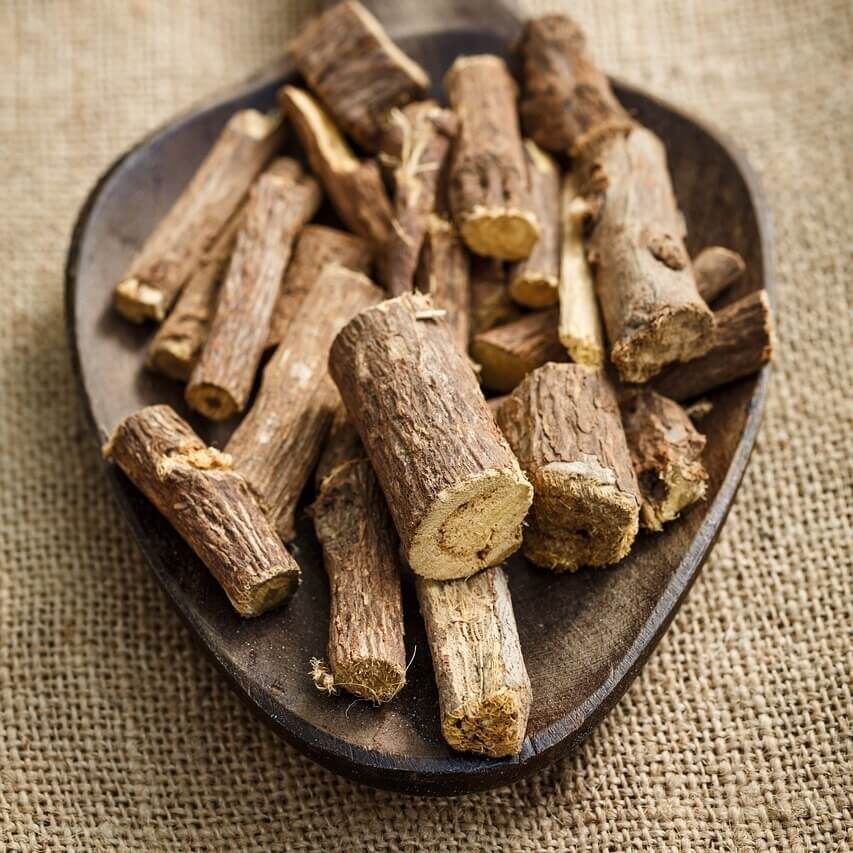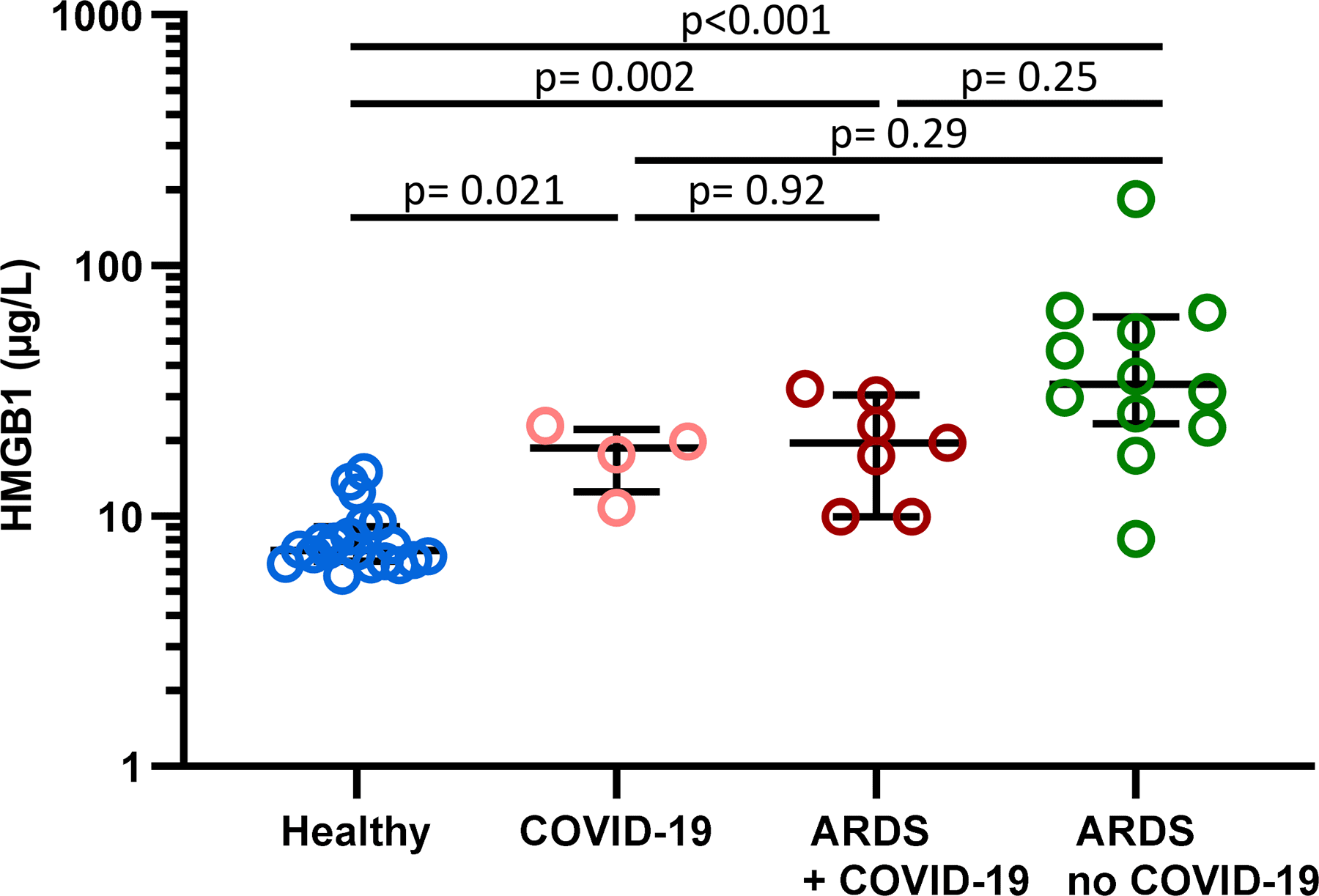The History of Licorice Root
Licorice root, a traditional herbal remedy, has been used for centuries in various cultures to treat a variety of ailments. In this article, we delve into the history and medicinal uses of licorice root, exploring its pharmacological activities and active compounds, molecular mechanisms, and in vivo and in vitro studies. We also discuss the clinical therapeutics and toxicity studies of licorice.
Recent Study on Liqorice & COVID-19 Respiratory Issues
A recent study entitled "Glycyrrhizin through liqorice intake modulates ACE2 and HMGB1 levels—A pilot study in healthy individuals with implications for COVID-19 and ARDS" aimed to investigate the effects of liquorice intake on ACE2 and HMGB1 in healthy individuals, as well as the expression of HMGB1 in COVID-19 and non-COVID-19 ARDS patients.
ACE2 (angiotensin-converting enzyme 2) is a protein found on the surface of cells in various organs, including the lungs. It is a receptor that allows the entry of viruses, including the SARS-CoV-2 virus responsible for COVID-19, into cells.
HMGB1 (High-mobility group box 1) is a protein that plays a role in regulating the immune response in the body. In COVID-19 patients, HMGB1 levels are elevated and contribute to the severe inflammatory response observed in some patients.
The study found that licorice intake reduced both cellular membranous ACE2 expression and plasma HMGB1 levels in healthy individuals after 7 days. HMGB1 levels were also found to be significantly higher in patients with mild COVID-19 and ARDS patients with and without COVID-19.
The study suggests that glycyrrhizin, an active component of licorice root extract, could very likely have potential use as part of the treatment for respiratory diseases like COVID-19 and non-COVID-19 ARDS by targeting HMGB1.
History of Licorice Root
Licorice is one of the oldest and most frequently used herbs in traditional Chinese medicine (TCM). It has been used for over 5,000 years and is an essential herbal medicine in TCM. In TCM theory, it is believed that "nine out of ten formulas contain licorice," and licorice is considered one of the most important herbal medicines that can reduce toxicity and increase the efficacy of certain herbal medicines when used in combination.
Licorice is native to Western Asia and Southern Europe, and its use dates back to ancient Egypt, where the root was made into a sweet drink for pharaohs. It has also been used in traditional Middle Eastern and Greek medicines to soothe an upset stomach, reduce inflammation, and treat upper respiratory problems. Today, licorice root is used in many cultures to treat a variety of ailments, such as heartburn, acid reflux, hot flashes, coughs, and bacterial and viral infections.

Properties of Licorice Root
Licorice root contains more than 20 triterpenoids and 300 flavonoids, and its primary active compound is glycyrrhizin.
Recent studies, such as one that studied the immunomodulatory activities of licorice polysccharides in CT 26 tumor-bearing mice, have reported that the active compounds isolated from licorice possess antitumor, antimicrobial, antiviral, anti-inflammatory, immunoregulatory, and several other activities that contribute to the recovery and protection of the nervous, alimentary, respiratory, endocrine, and cardiovascular systems.
WANT TO LEARN MORE?
SPEAK TO OUR NUTRITIONIST TODAY
8 Activities of Licorice Root Identified by Medical Research
Antitumor activity
Licorice root extracts and its active compounds have been found to inhibit the growth of various types of cancer cells, including breast, prostate, lung, liver, and colon cancer cells.
Antimicrobial activity
Licorice root extracts and its active compounds have shown inhibitory effects against a range of bacteria, fungi, and viruses.
Antiviral activity
Licorice root extracts and its active compounds have been found to inhibit the replication of viruses, including influenza virus, HIV, and SARS-CoV-2.
Anti-inflammatory activity
Licorice root extracts and its active compounds have been shown to have potent anti-inflammatory effects by inhibiting the production of inflammatory cytokines and chemokines.
Immunoregulatory activity
Licorice root extracts and its active compounds have been found to enhance the function of the immune system and modulate the production of cytokines and chemokines.
Gastroprotective activity
Licorice root extracts and its active compounds have been shown to have protective effects on the gastrointestinal tract, reducing inflammation and promoting the healing of ulcers.
Hepatoprotective activity
Licorice root extracts and its active compounds have been found to have protective effects on the liver, reducing inflammation and preventing liver damage.
Cardiovascular activity
Licorice root extracts and its active compounds have been shown to have a range of cardiovascular benefits, including reducing blood pressure, lowering cholesterol levels, and improving endothelial function.
In Conclusion
Licorice root has a rich history and a long tradition of medicinal use. Its active compounds have been shown to possess a variety of pharmacological activities, including antitumor, antimicrobial, antiviral, anti-inflammatory, immunoregulatory, gastroprotective, hepatoprotective, cardiovascular, and neuroprotective activities.
With all of these potential benefits, it is no wonder that licorice root continues to be used in many cultures to treat a variety of ailments

